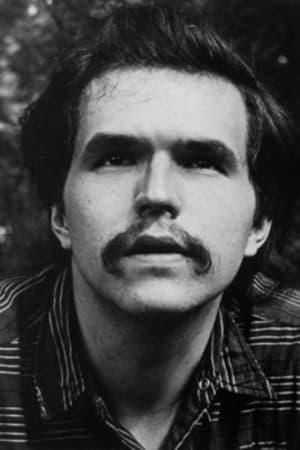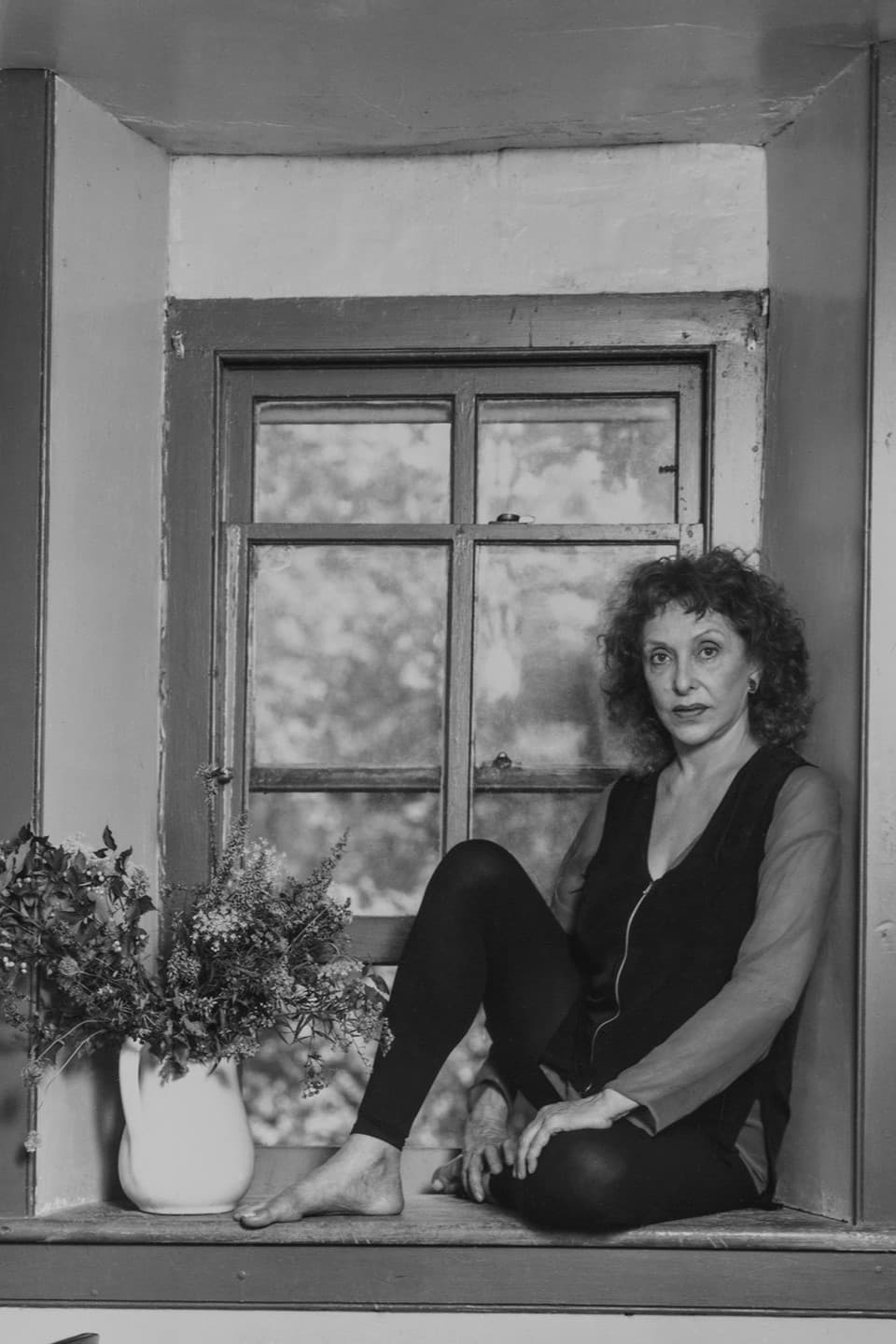Biography
James Tenney (August 10, 1934 – August 24, 2006) was an American composer and music theorist. He made significant early musical contributions to plunderphonics, sound synthesis, algorithmic composition, process music, spectral music, microtonal music, and tuning systems including extended just intonation. His theoretical writings variously concern musical form, texture, timbre, consonance and dissonance, and harmonic perception. James Tenney was born in Silver City, New Mexico, and grew up in Arizona and Colorado. He attended the University of Denver, the Juilliard School of Music, Bennington College (B.A., 1958) and the University of Illinois (M.A., 1961). He studied piano with Eduard Steuermann and composition with Chou Wen-chung, Lionel Nowak, Paul Boepple, Henry Brant, Carl Ruggles, Kenneth Gaburo, John Cage, Harry Partch, and Edgard Varèse. He also studied acoustics, information theory and tape music composition under Lejaren Hiller. In 1961, Tenney completed an influential master's thesis entitled Meta (+) Hodos that made one of the earliest applications, if not the earliest application, of gestalt theory and cognitive science to music. His later writings include "Temporal gestalt perception in music" in the Journal of Music Theory, the chapter "John Cage and the Theory of Harmony" in Writings about John Cage, and the book A History of Consonance and Dissonance, among others.
Tenney's earliest works show the influence of Webern, Ruggles and Varèse, while a gradual assimilation of the ideas of John Cage influenced the development of his music in the 1960s. In 1961 he composed the early plunderphonic composition Collage No.1 (Blue Suede) (for tape) by sampling and manipulating a recording of Elvis Presley. His music from 1961 to 1964 was largely computer music completed at Bell Labs in New Jersey with Max Mathews. As such it constitutes one of the earliest significant bodies of algorithmically composed and computer synthesized music. Examples include Analog #1 (Noise Study) (1961) for tape using computer synthesized noise, and Phases (1963).Tenney lived in or near New York City throughout the 1960s, where he was actively involved with Fluxus, the Judson Dance Theater, and the ensemble Tone Roads, which he co-founded with Malcolm Goldstein and Philip Corner. He was exceptionally dedicated to the music of American composer Charles Ives, many of whose compositions he conducted; his interpretation of Ives' Concord Sonata for piano was much praised.
Tenney collaborated closely as both musician and actor with his then-partner, the artist Carolee Schneemann (who he met in New York in 1955) until their separation in 1968. With Schneemann he co-starred in Fuses, a 1965 silent film of collaged and painted sequences of lovemaking. Tenney created the sound collages for Schneemann's Viet Flakes, 1965, and Snows, 1970, and performed in the New York City production of Meat Joy, 1964, Schneemann's orgiastic celebration of the expressive body.In 1967 Tenney gave an influential FORTRAN workshop for a group of composers and Fluxus artists that included Steve Reich, Nam June Paik, Dick Higgins, Jackson Mac Low, Joseph Byrd, Phil Corner, Alison Knowles and Max Neuhaus. Tenney was one of four performers of Steve Reich's Pendulum Music (1967) on May 27, 1969, at the Whitney Museum of American Art, alongside Michael Snow, Richard Serra and Bruce Nauman. Tenney also performed with Harry Partch (in a production of Partch's The Bewitched in 1959), John Cage (in the mid-1960s), Steve Reich, and Philip Glass (the latter two in the late 1960s).
All of Tenney's compositions after 1970 are instrumental music (occasionally with tape-delay), and most since 1972 reflect an interest in harmonic perception and unconventional tuning systems. Significant works include Clang (1972) for orchestra, Quintext (1972) for string quintet, Spectral CANON for CONLON Nancarrow (1974) for player piano, Glissade (1982) for viola, cello, double bass and tape delay system, Bridge (1982–84) for two pianos eight hands in a microtonal tuning system, Changes (1985) for six harps tuned a sixth of a semitone apart, Critical Band (1988) for variable instrumentation and In a Large Open Space (1994) for variable instrumentation. His pieces are often tributes to other composers or colleagues and subtitled as such.
Tenney taught at the Polytechnic Institute of Brooklyn, Yale University, the California Institute of the Arts, the University of California, Santa Cruz, and York University in Toronto. His students include John Luther Adams, John Bischoff, Michael Byron, Allison Cameron, Raven Chacon, Eric de Visscher, Miguel Frasconi, Peter Garland, Douglas Kahn, Carson Kievman, Ingram Marshall, Andra McCartney, Larry Polansky, Carl Stone, Charlemagne Palestine, Marc Sabat, Chiyoko Slavnics, Catherine Lamb, Michael Winter, and Daniel Corral. (See: List of music students by teacher: T to Z#James Tenney.)
Tenney died on 24 August 2006 of lung cancer in Santa Clarita, California.
Filmography
all 12
Movies 12
self 2

Verrückt (2021)

Brakhage (1998)
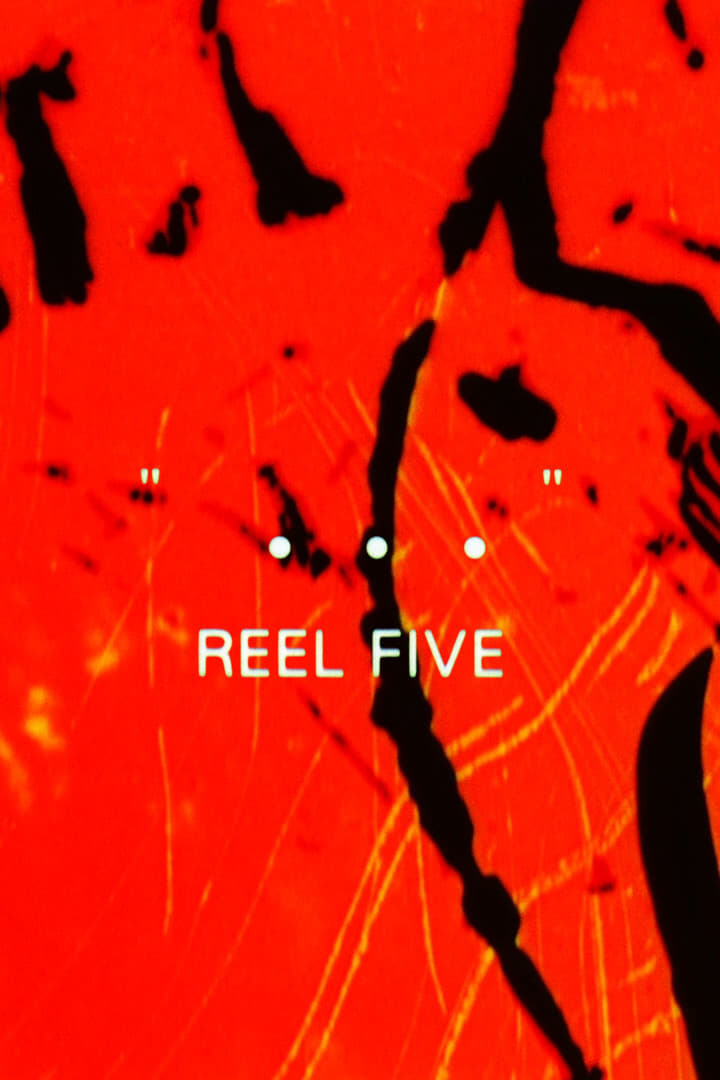
"..." Reel 5 (1998)
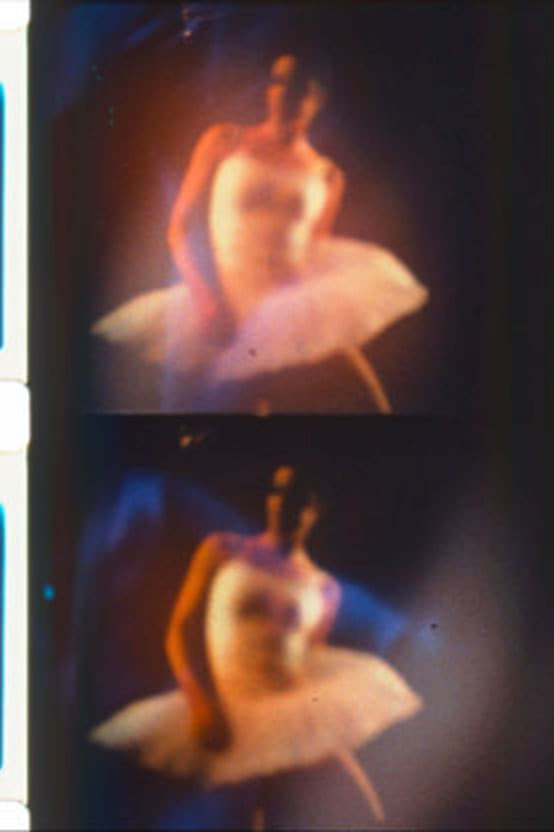
Christ Mass Sex Dance (1991)
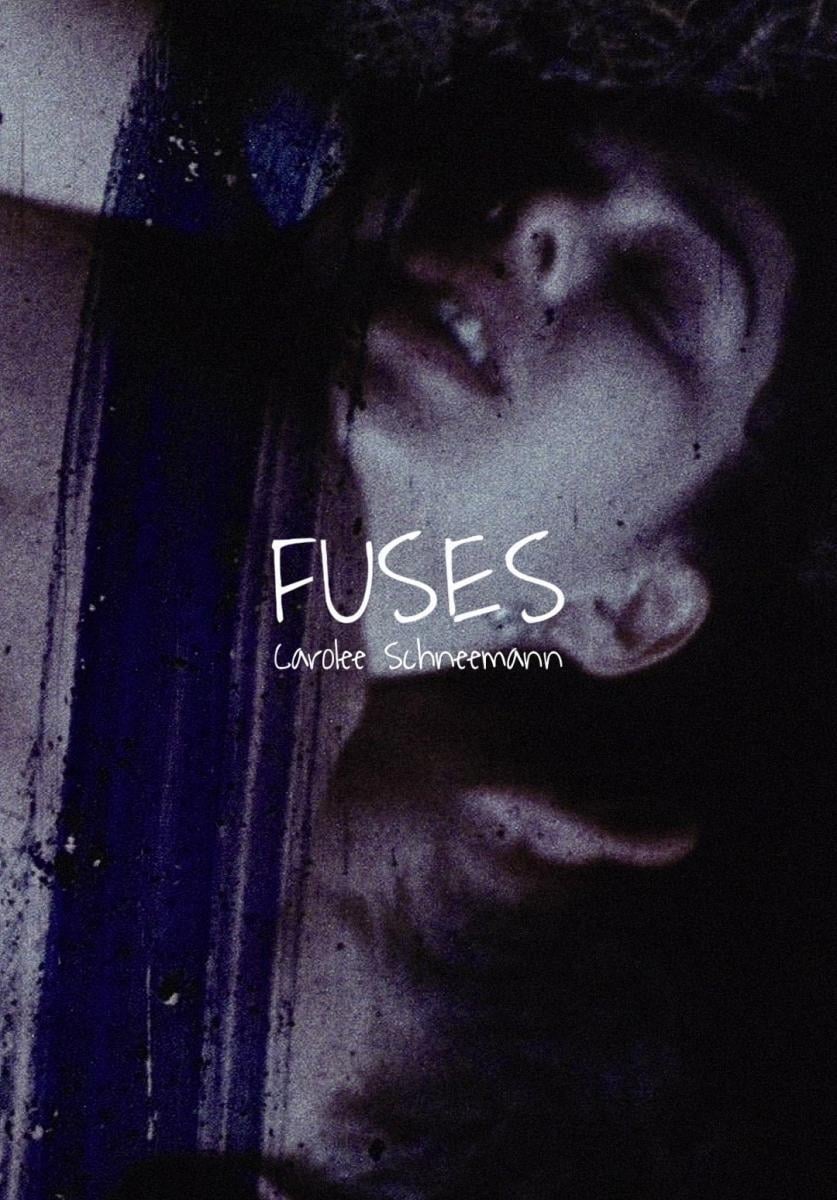
Fuses (1967)
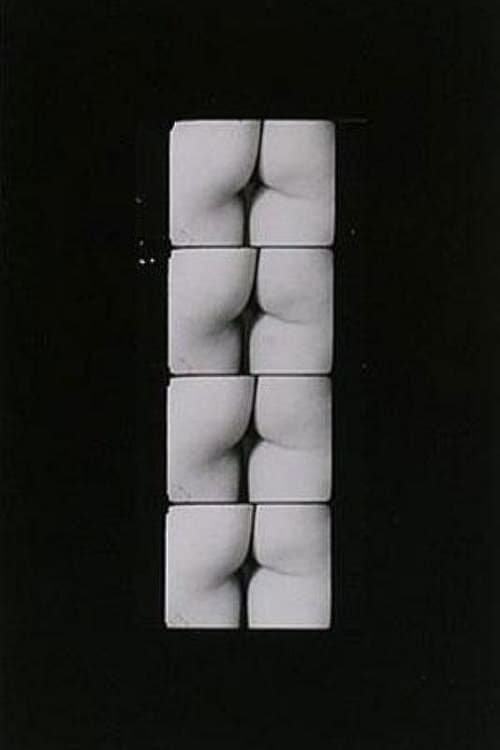
No. 4 (1966)
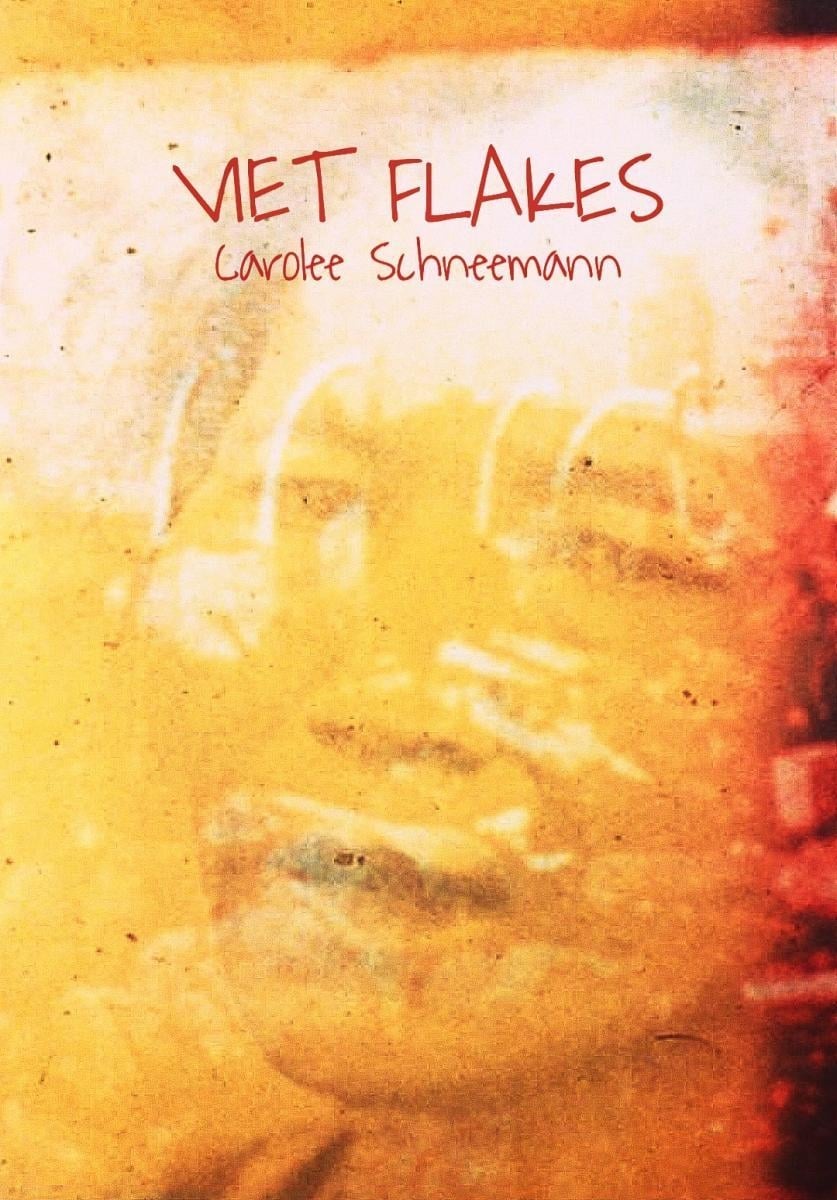
Viet Flakes (1965)

Cat's Cradle (1959)

Loving (1957)
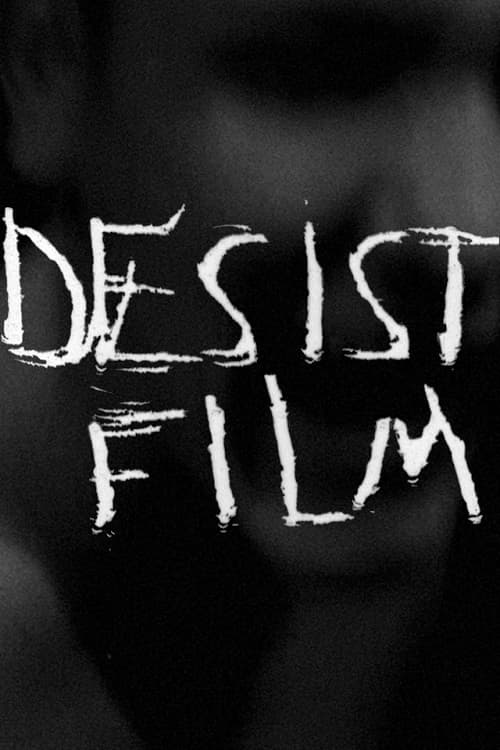
Desistfilm (1954)
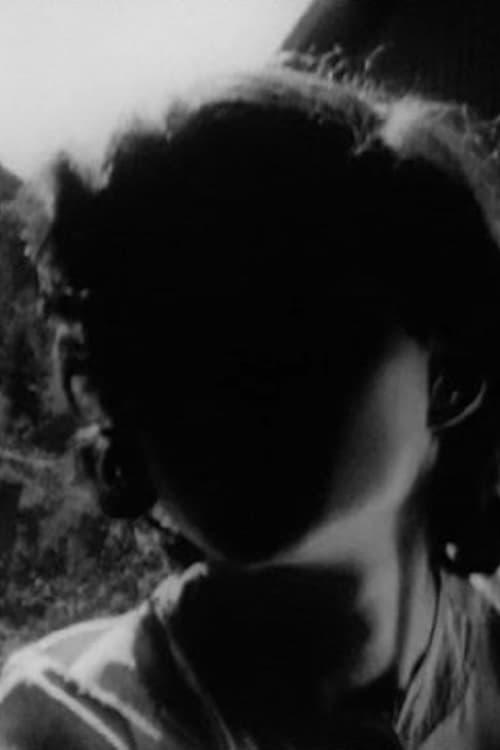
Unglassed Windows Cast a Terrible Reflection (1953)
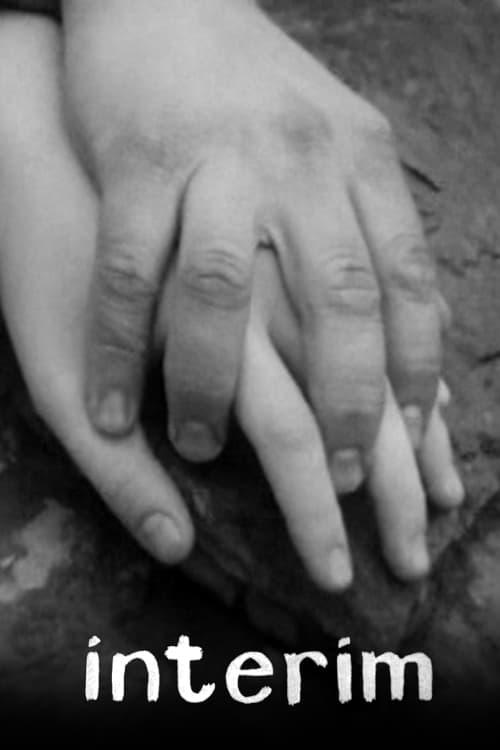
Interim (1952)
Ratings
Information
Known ForActing
GenderMale
Birthday1934-08-10
Deathday2006-08-24 (72 years old)
Birth PlaceSilver City, United States of America
CitizenshipsUnited States of America
This article uses material from Wikipedia.
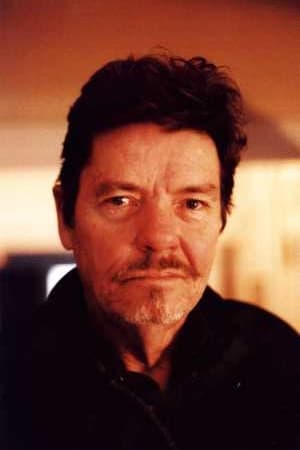 James Tenney
James Tenney- Filmography
- Information
- Related Persons
